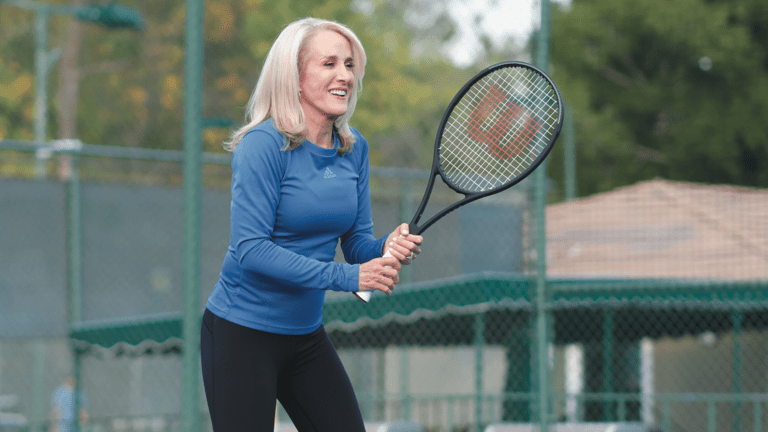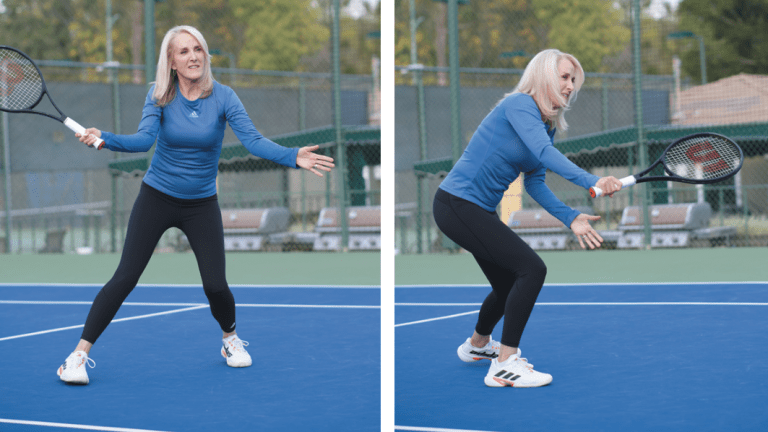Instruction
Building Blocks to Success: Tracy Austin helps your game
By Mar 09, 2022Instruction
Court of Appeals: Water Break
By May 20, 2023Instruction
Toni Nadal: With improved backhand, Casper Ruud "can be No. 1"
By Nov 21, 2022Instruction
Quick Tip: Add a rocking motion to the start of your serve
By Nov 16, 2022Instruction
Tennis Channel Academy: Rectifying Road Rage
By Oct 13, 2022Instruction
Tennis Channel Academy: Is the Lesson Model Broken?
By Oct 12, 2022Instruction
Breaking The Rules: Time to abandon the net touch?
By Oct 11, 2022Instruction
Mission Transition: How to bring your game from baseline to net (Part 3 of 3)
By Oct 03, 2022Instruction
Mission Transition: How to bring your game from baseline to net (Part 2 of 3)
By Oct 03, 2022Instruction
What can be applied from Carlos Alcaraz, Casper Ruud to your game? How to enjoy the competitive process
By Sep 12, 2022Building Blocks to Success: Tracy Austin helps your game
Without proper balance and an effective unit turn, your shots won’t be at their best. Here’s how to improve them both—and see the payoff.
Published Mar 09, 2022
Advertising
Advertising

In order to ensure hitting a shot with proper balance, everything starts with a good split step. The idea is to keep your body aligned.
© Jordaan Sanford
Advertising

The unit turn is what lets you load, store and deploy energy so that you can maximize the kinetic chain. This starts from the ground with the feet, on up to the legs, hips, torso, and shoulders.
© Jordaan Sanford
Advertising

At the most, take your racquet back no further than a little behind your right shoulder. As you turn, you should be able to see the racquet the entire time.
© Jordaan Sanford